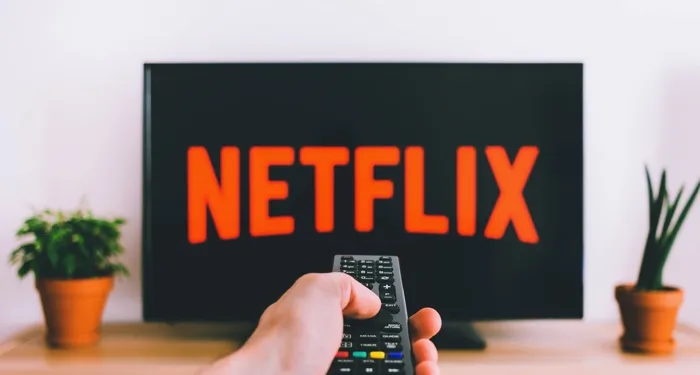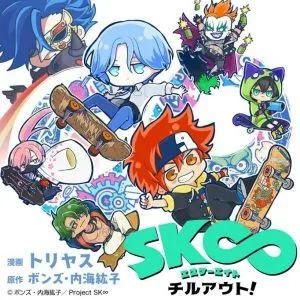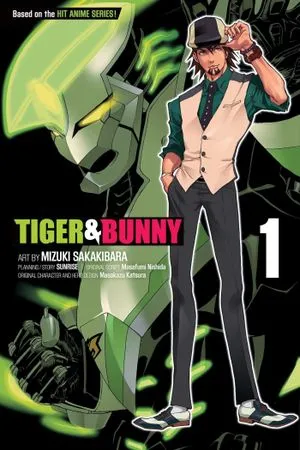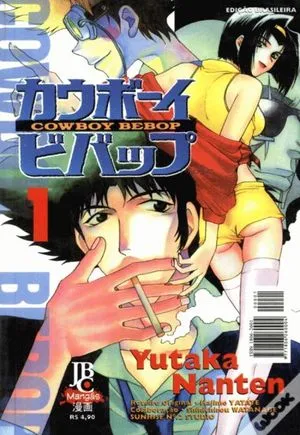
Which Came First: The Anime or the Manga?
It’s a question as eternal as a similar one concerning Gallus gallus domesticus and its shell-enclosed offspring, though if you’re picking one or the other to bet on, bet on the first and bet on print. As with comics and their screen adaptations, it’s much more common for anime to be adapted from an already published manga, though there are cases where the anime catches up to what’s been published and either ends or goes on extended hiatus (think Black Clover) or, even more rarely, manga adapted, or spun off, from an animated ancestor — manga based on anime.
Why isn’t there more original anime? Writing an original story takes much longer than adapting an existing one and involves a larger staff (and thus more people who have to be paid). Adapting an existing story with a large and enthusiastic fanbase basically guarantees marketshare, where a new one means a larger advertising budget and more effort spent recruiting viewers. It also means success isn’t guaranteed, whereas an adaptation of My Hero Academia, Given, Jujitsu Kaisen, or Haikyu!! is basically guaranteed to pay for itself when viewers who haven’t read the manga decide to become readers and everyone is looking for merch.
That doesn’t mean, however, that there haven’t always been creators willing to take risks on original anime. And sometimes, when those anime left us begging for more, we got it in the form of manga.
Here are a few you might enjoy:
Sk8 The Infinity: Chill Out! by Hiroko Utsumi and Toriyasu
Sk8 the Infinity is an original anime that aired during the year of our even worse trashfire 2021. Which was the perfect time since a good number of us had burned through everything we’d been saving from the before times and most of what we’d been anticipating. Sk8 also has the advantage of excellent crossover appeal; it captures both the sports anime crowd and the BNHA crowd, both of which were starved for content and suffering from intense cabin fever in the late winter/early spring.
And beyond being sporty and adventure-y it’s just a really pretty show.
The manga it spawned took a little bit of a different direction and I sort of love it for picking up the delightful, goofy elements of the show and chibifying them. Because while the anime is high drama because anime, at its core, Sk8 is very much about rediscovering joy in a world that’s trying its best to take everything you love away from you, about digging in and refusing to let go. About how, even after loss, it’s okay to remember how to love something. That’s a hard message for adults to accept sometimes; giving to to us in a form that’s a little more childlike, in a visual style that matches the kind of wonder we forget we’re still allowed to have? It might just be the push we need.
Tiger & Bunny by Nishida Masafumi and Katsura Masakuza
The question of how superheroes pay rent and buy groceries is usually answered with a hand wave or some sort of Bruce Wayne/Tony Stark deus ex bank account. In Tiger & Bunny the defenders of futuristic Stern Bild City work for corporate sponsors who advertise…on their uniforms. Listen. Who among us hasn’t? Tiger, an older and more traditional hero, and Bunny, one of the youngs who isn’t at all interested in the way things used to be, are partnered up by their sponsors for the optics and the ad revenue. As you can imagine, chaos and hijinks ensue.
The manga picks up where the show and movies leave off: our heroes trying to figure one another out before they kill each other, and their joint effort to figure out who killed Bunny’s (AKA Barnaby) parents. But enter a vigilante who has some valid points about hero culture. And the telekinetic baby. Also the super supremacist…and…Let’s just say a hero duo’s work is never done.
Cowboy Bebop by Yadate Hajime and Nanten Yutaka
I would make the argument that if international, small-screen anime had parents, they would be (the original) Voltron and Cowboy Bebop. They are, after all, the progenitors of late Gen X’s existential dread and fear of abandonment. Also the idea of our pasts being stuck to us with superglue and the weight of them dragging us down forever and ever and ever.
Which is probably why we’ve all watched Yuri on Ice!!! and Haikyu!! five times this year.
There’s nothing quite like going home again though, even if home is a spaceship in the cold, dark void you share with your bounty hunting crew. A cold, dark void that can murder you in thousands of different ways if you make even the tiniest of incidental, accidental errors. And there’s something to be said for the odd comfort of the dread we understood, the dread that made sense. And if that is what you’re looking for, behold the glory days of manga covers complete with smoking and underbutt. Which…really…haven’t changed that much.
And before anyone gets bent out of shape, yes, Cowboy Bebop: Shooting Star by Cain Kuga did start serialization before the first episode of the show was broadcast but the show was planned and ready to air and the manga was based on the show’s concept, storyline, and characters. The second manga series, titled simply Cowboy Bebop, which is additional adventures of the Bebop‘s crew that take place during the show’s timeline, wasn’t serialized until November of 1998, well after the show’s original run started in Japan.
Manga is great. Anime is great. Two great tastes that go great together, no matter which one inspires the spinoff property. It’s all a wonderful chaotic feedback loop anyway and long may it reign.














